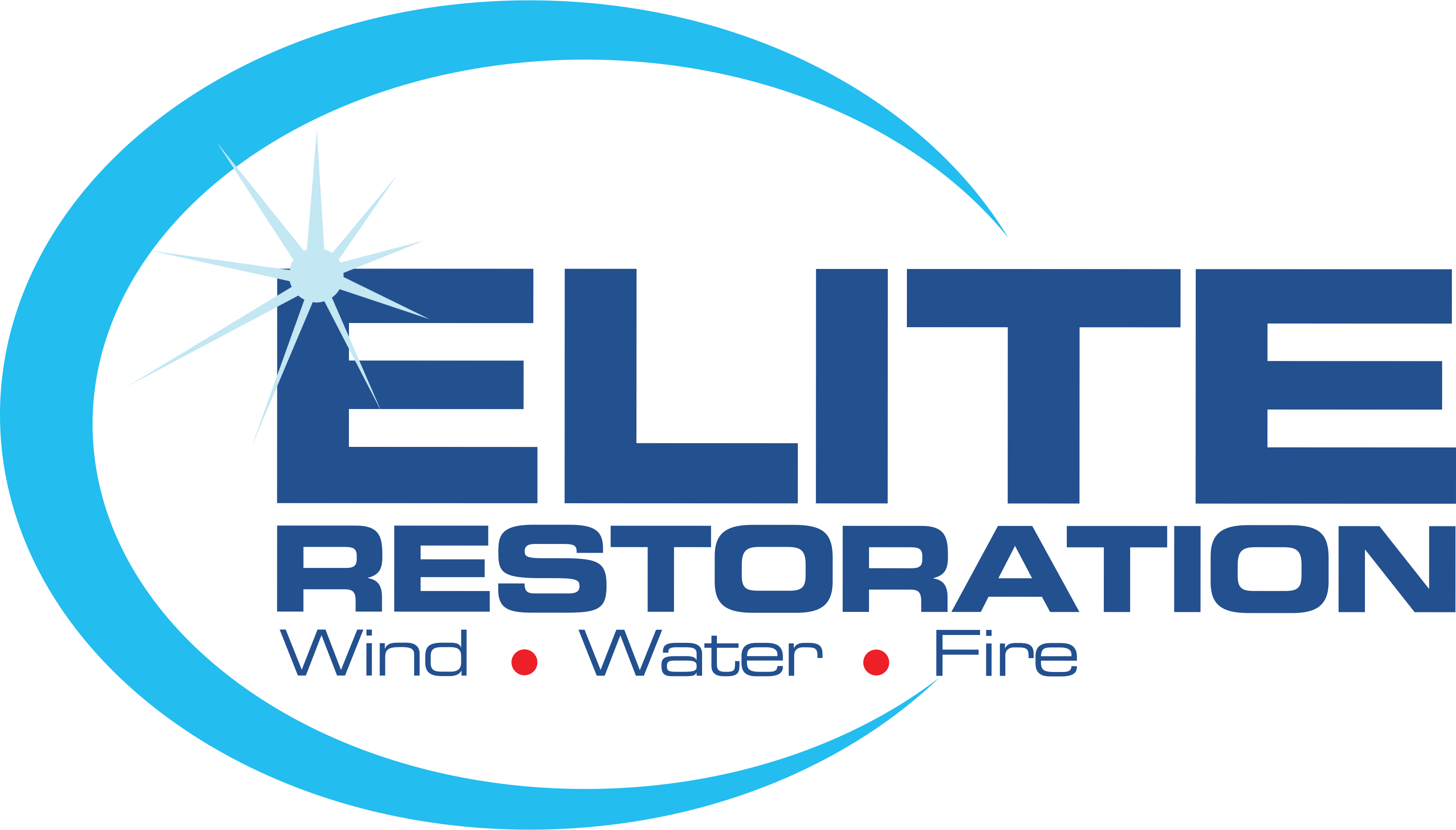The Process of Asbestos Removal Explained

Asbestos, once a popular building material due to its heat-resistant properties, has been revealed to pose serious health risks. Its removal is a delicate and rigorous process, often requiring professional intervention. In this blog, we’ll break down the steps professionals take to safely remove asbestos from buildings.
Step 1: Identification and Assessment
The first step in asbestos removal is the identification of asbestos-containing materials (ACMs) in a building. This is typically done through a thorough inspection by certified professionals. If asbestos is suspected, samples are taken and sent to a lab for confirmation. Once confirmed, an assessment is made to determine the extent of removal needed.
Step 2: Planning and Legal Compliance
After identification, professionals develop a removal plan. This involves obtaining necessary permits and ensuring compliance with local, state, and federal regulations. The plan details the scope of work, safety measures, timelines, and waste disposal methods.
Step 3: Preparation of the Site
Before removal begins, the site is prepared to prevent asbestos fiber contamination. The area is sealed off using plastic sheeting and negative air pressure systems to contain the fibers. Warning signs are posted, and only authorized personnel are allowed entry.
Step 4: Personal Protective Equipment (PPE)
Safety is paramount. Professionals don personal protective equipment (PPE), including respirators, disposable coveralls, gloves, and footwear. This gear is essential to protect workers from inhaling asbestos fibers.
Step 5: Wetting the Asbestos
To minimize the release of fibers, the asbestos is kept wet. This reduces the chances of airborne fibers. A surfactant might be added to the water to improve penetration into the materials.
Step 6: Careful Removal
Asbestos is removed with utmost care to prevent breakage. Tools used are typically hand-operated to minimize disturbance. The removed materials are then placed in secure, labeled bags for disposal.
Step 7: Cleanup and Decontamination
After removal, a thorough cleanup is essential. HEPA vacuums and wet wiping are used to remove any remaining fibers. The area is then inspected visually and through air monitoring to ensure it’s safe.
Step 8: Air Monitoring
Air monitoring is conducted during and after the removal process. This ensures that the airborne asbestos fiber concentration is below permissible exposure limits.
Step 9: Disposal of Asbestos Waste
Asbestos waste, including contaminated PPE, is disposed of in accordance with legal requirements. This usually involves transporting the waste to a licensed hazardous waste landfill.
Step 10: Final Inspection and Clearance
A final inspection is conducted by an independent party. Air samples are taken to confirm that the area is safe for reoccupation. Once cleared, the containment measures are removed.
The removal of asbestos is a complex process that prioritizes health and safety. It involves meticulous planning, execution, and adherence to strict regulations. While it might seem expensive and time-consuming, the importance of professionally handling asbestos cannot be overstated. It’s a crucial step in ensuring a safe environment for all.
Remember, asbestos removal is not a DIY task. Always seek professional help to handle asbestos safely and legally. If you are looking for asbestos removal in Twin Falls, Boise, Bellevue, Pocatello, Idaho Falls, Meridian, and Burley, Idaho we’d be happy to help. Give us a call or visit our asbestos removal page for more information.

